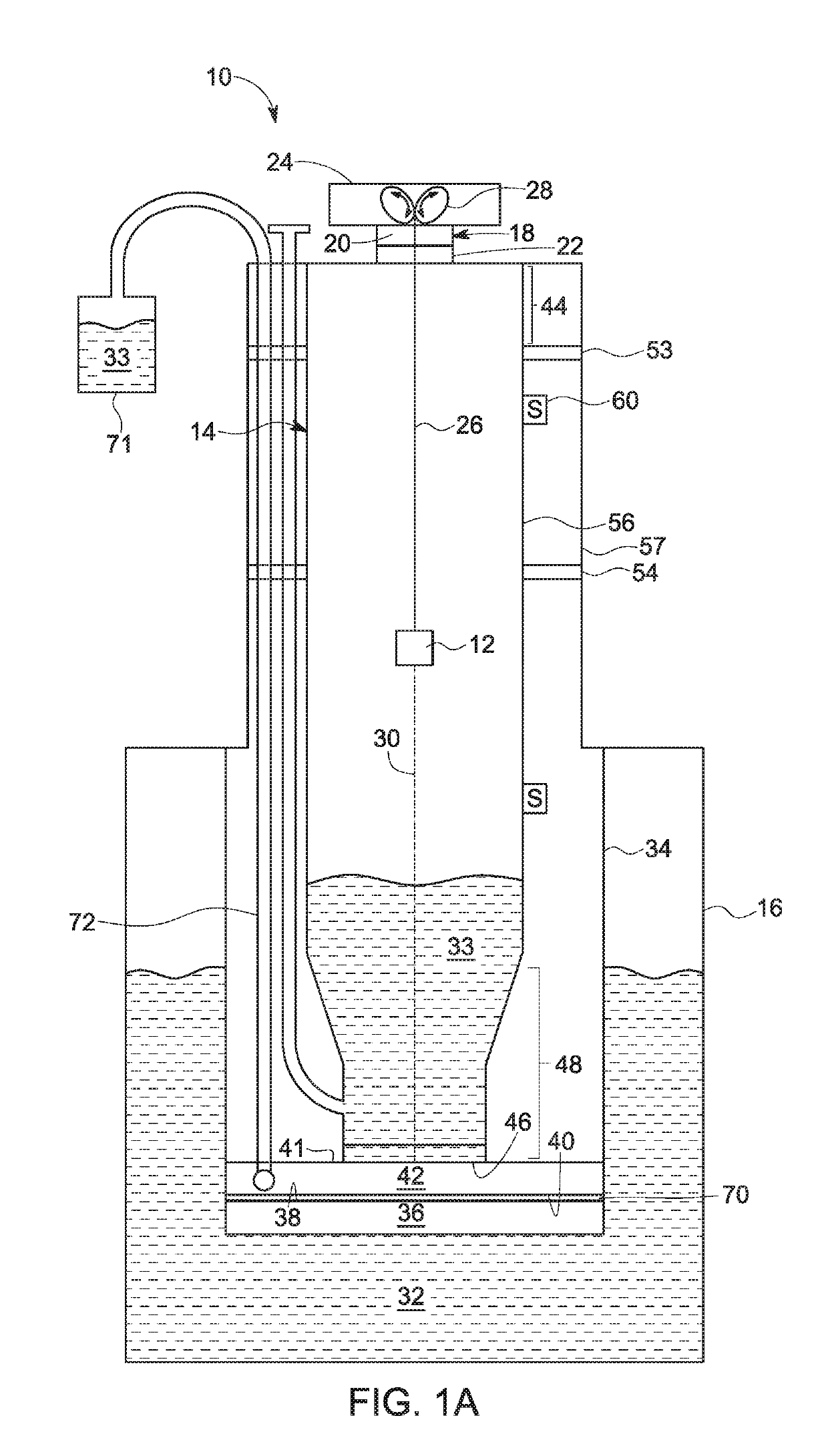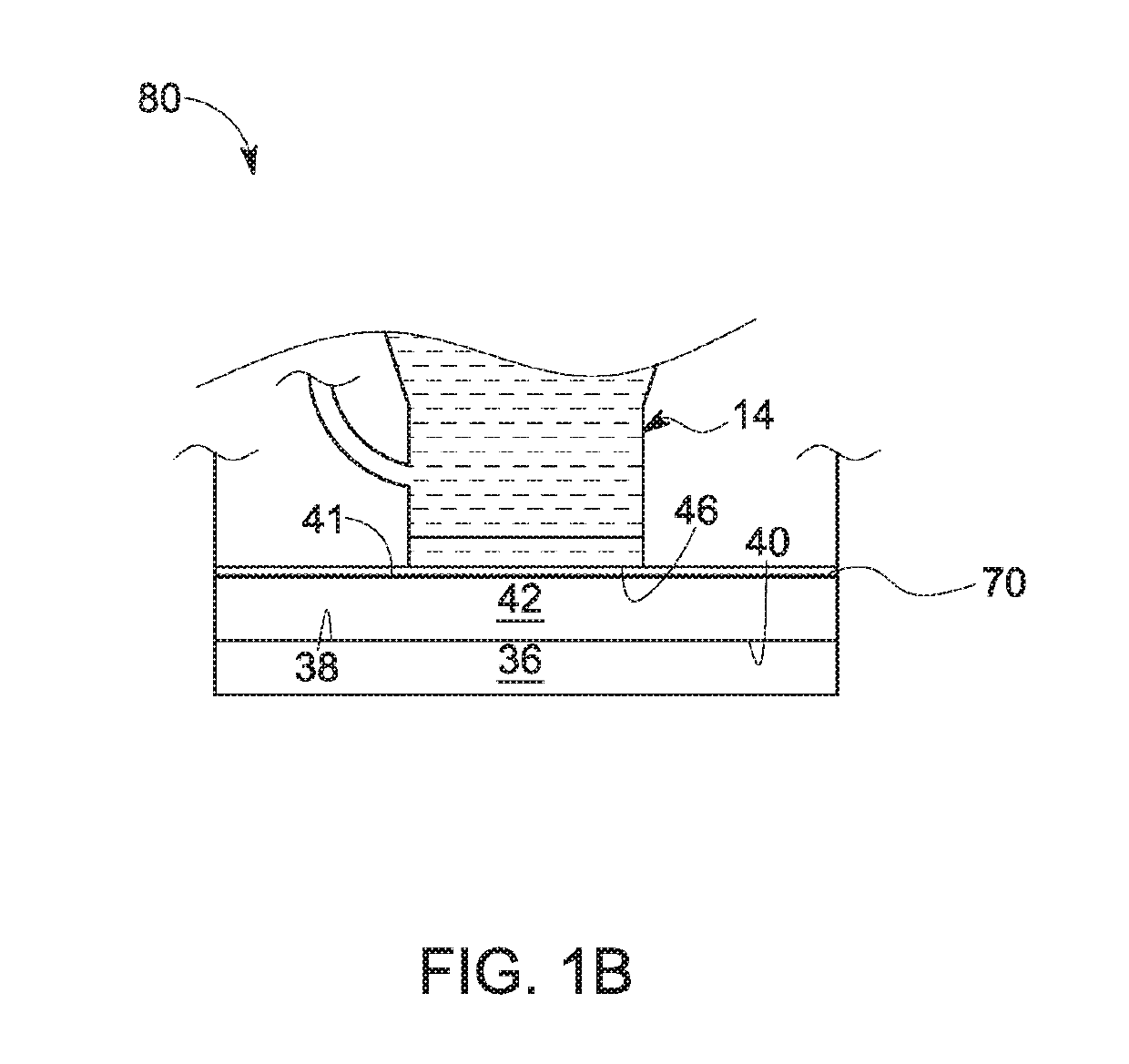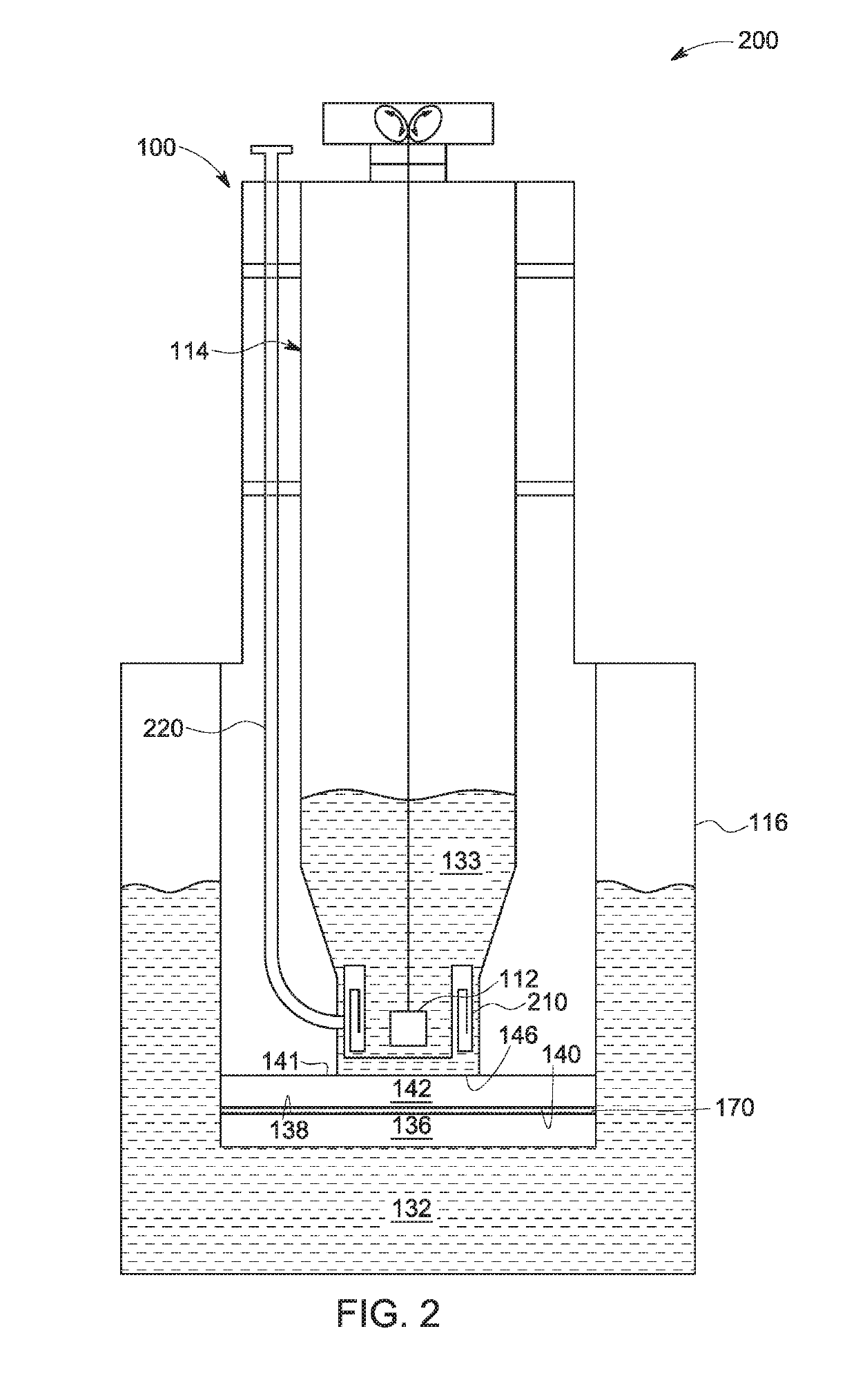Thermal interposer for a cryogenic cooling system
- Summary
- Abstract
- Description
- Claims
- Application Information
AI Technical Summary
Benefits of technology
Problems solved by technology
Method used
Image
Examples
example
[0047]The following example is presented to further illustrate non-limiting embodiments of the present specification.
[0048]Two copper plated Inconel plates were used as top and bottom plates for the experiment. Both the top plate and the bottom plate were brush painted with a eutectic gallium indium tin alloy (alternatively, Galinstan®) having about 66.71 atomic % of gallium, about 20.38 atomic % of indium, and about 12.91 atomic % of tin. Galinstan coated surfaces of the top plate and the bottom plate were contacted with each other making the Galinstan® as an interposer between the top and the bottom plates. Temperature sensors were attached to both the top plate and the bottom plate. Heat was applied to the bottom plate and temperatures of the bottom plate and the top plate were measured at various temperatures.
[0049]FIG. 4 shows a graphical comparison 400 of cool down curves of the bottom plate (i.e., hot plate) and the top plate (i.e., cold plate). It can be seen from the graph ...
PUM
 Login to View More
Login to View More Abstract
Description
Claims
Application Information
 Login to View More
Login to View More - R&D
- Intellectual Property
- Life Sciences
- Materials
- Tech Scout
- Unparalleled Data Quality
- Higher Quality Content
- 60% Fewer Hallucinations
Browse by: Latest US Patents, China's latest patents, Technical Efficacy Thesaurus, Application Domain, Technology Topic, Popular Technical Reports.
© 2025 PatSnap. All rights reserved.Legal|Privacy policy|Modern Slavery Act Transparency Statement|Sitemap|About US| Contact US: help@patsnap.com



